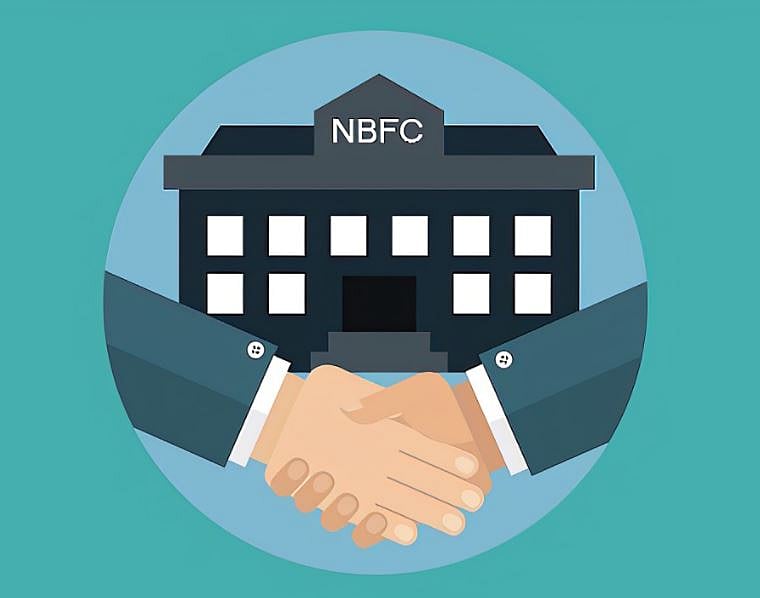Non-banking financial companies (NBFCs) in India are mostly found dealing with a cash crunch, burgeoning bad loans and high cost of capital. This scenario has continued since 2018. Now, how is it that the shadow banking sector survived during the COVID-19 outbreak? The two-year on and off lockdown might have been the last nail in the coffin. And if that’s the case, then there are more like Reliance Capital that could go into the insolvency process.
What Happened?
In May, a media report stated that non-bank lenders (NBFCs) have seen a 50% rise in customers missing payments, threatening to push up overall defaults to perilous levels. This caused the inability of the borrowers to repay the loans which disrupted the overall inflow of the NBFCs. The recent non-bank lender that went out of business is Reliance Capital. The RBI took over the board of Anil Ambani’s company and said it would go for insolvency proceedings.
According to the Bloomberg data, Reliance Capital has defaulted on Rs 83,138 crore. The debt of the company stands at Rs 27,100 crore.
Why Should This Bother You?
This is the third time in recent years that the RBI superseded boards of important NBFCs. The RBI had superseded the board of DHFL in 2019 and then two entities of SREI Group this October. The central bank is now more alert and making it known that NBFCs will also follow strict regulations, on par with banks. So that the investors are safe. The investing community needs to remain confident in the lending sector. Since NBFCs also borrow from the banks, it becomes risky for the banking sector when NBFCs go down.
As a result, the RBI had recently tightened asset classification norms for NBFCs. It said that a delinquent borrower can not be upgraded and get back on the repayment schedule. The second is that the NBFC will have to classify borrower accounts as overdue as per their day-end process.
What Lies Ahead?
Stricter norms for NBFCs will only make the sector strong and leave credible players behind. The rest will be eliminated. With improving economic activity, NBFCs are expected to grow 8-10% to about Rs 30 lakh crore in FY23, said the CRISIL report. For now, NBFCs are facing competition from banks, funding access and an increase in their gross non-performing assets. Once this normalises, asset quality concerns will go away. Home loans and vehicle finance will form the revenue backbone for NBFCs.







